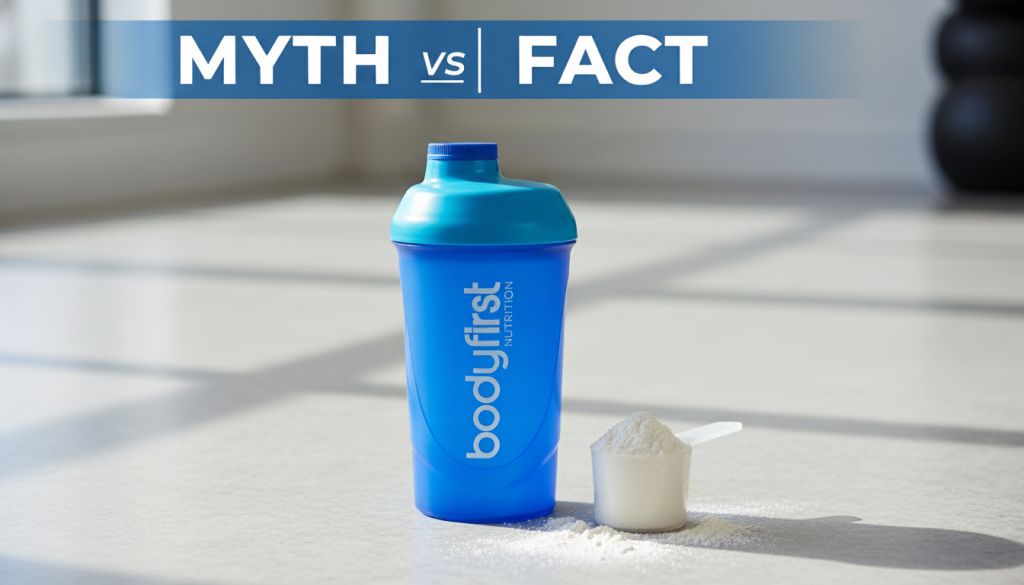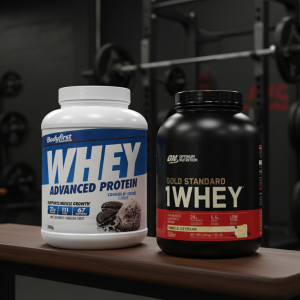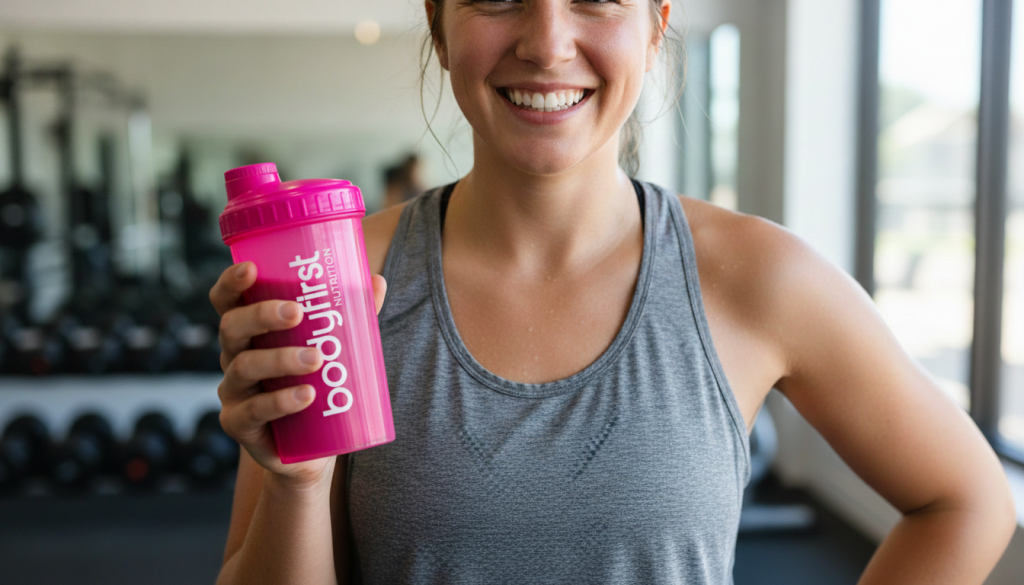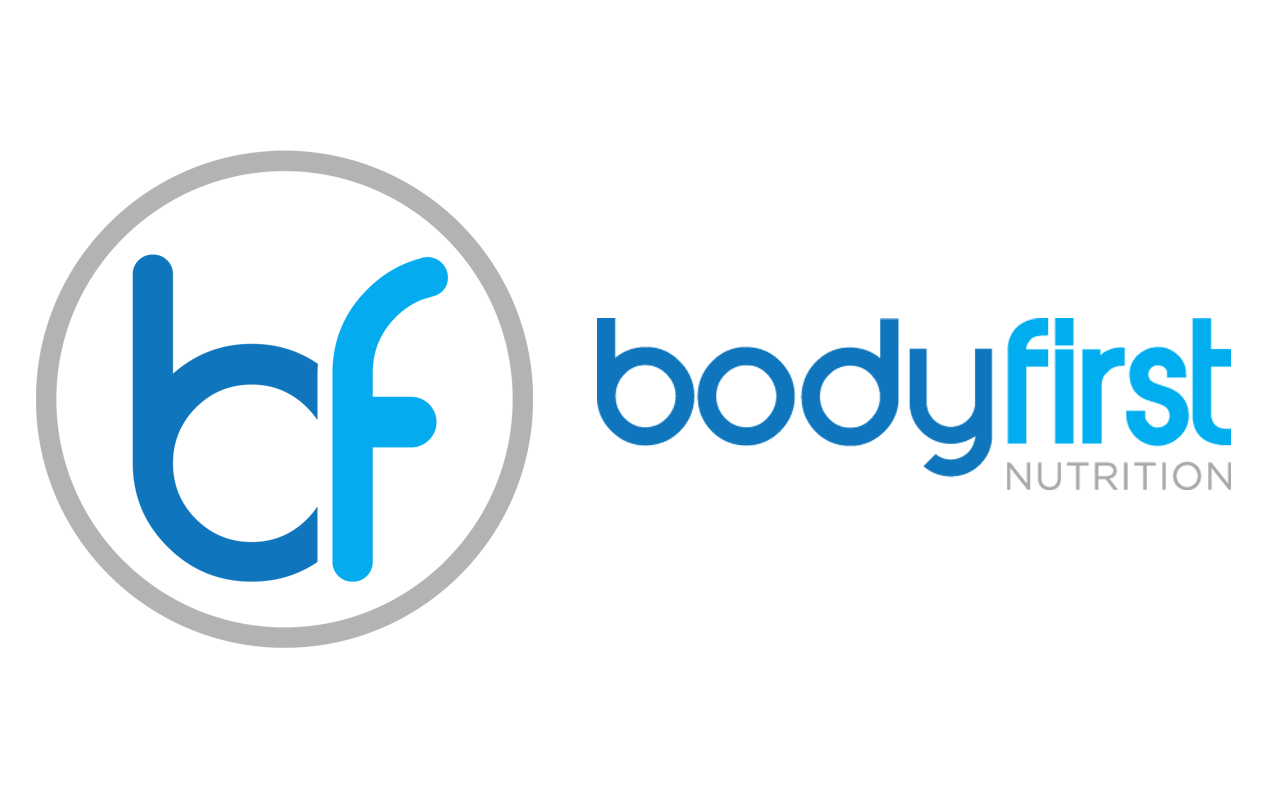The Truth About “Lead in Protein Shakes” — What You Really Need to Know
If you’ve seen headlines claiming “protein shakes contain lead!” — it’s no surprise you might be worried. After all, most of us drink shakes to improve our health, not question what’s inside them.

Recent reports found trace amounts of lead in some protein shakes, mainly plant-based types. However, experts say these levels are extremely low and usually come from natural soil minerals — not contamination. Reputable, third-party-tested protein powders remain safe for normal daily use by healthy adults
But here’s the truth: while some tests have detected small amounts of heavy metals (like lead) in certain protein powders, the full story is much less alarming than the headlines suggest. Let’s break it down.
What the Reports Actually Found
Recent testing by Consumer Reports and other independent labs looked at popular protein powders and found trace amounts of heavy metals such as lead, arsenic, and cadmium — mostly in plant-based powders (like pea or rice protein).
That might sound scary, but here’s what you should know:
These amounts are tiny — measured in micrograms (one-millionth of a gram).
Many of the tests used very strict limits, often lower than official government guidelines.
Even at those levels, most healthy adults would not experience harm from normal, moderate use.
Why Do Plant-Based Powders Test Higher?
It’s not because brands are cutting corners — it’s because plants naturally absorb minerals and metals from the soil.

That means if the soil contains small amounts of heavy metals (as most soil does), some of it ends up in the harvested plants. When those plants are concentrated into protein powder, the trace amounts become easier to detect.
Whey and dairy-based proteins tend to test lower because they come from milk rather than directly from soil-grown crops.
For more context, see this piece from Harvard Health explaining how plant-based powders can show higher metal content.
What the Experts Say
The U.S. FDA notes that trace amounts of lead are sometimes naturally present in food — and that detection doesn’t automatically mean the product is unsafe.
The California Prop 65 guideline used in some reports is one of the strictest in the world — even a single serving of spinach or sweet potato could exceed its threshold.
Most health authorities agree that occasional use of protein shakes, especially from reputable brands, is not a health risk for adults.
How to Choose Safe Protein Powders
If you use protein shakes regularly, here’s how to make smart, low-risk choices:
- Buy from trusted brands that publish third-party lab testing or certifications like NSF or Informed Choice.
- Alternate your protein sources — mix plant and dairy-based proteins.
- Stick to whole foods when possible: eggs, yogurt, beans, chicken, and fish are all excellent protein sources.
- Avoid extreme doses — you don’t need five shakes a day to reach your goals.

You can also read this Texas Health article for more science-backed insight into heavy metals and protein powders.
Who Should Be Extra Careful
While adults can handle trace levels without concern, pregnant women, children, and those with certain medical conditions should be more cautious.
Even small lead exposure should be avoided where possible.
Here’s the CDC’s guidance on lead exposure if you’d like to learn more.
The Bottom Line
Yes — small amounts of lead and other minerals have been detected in some protein powders.
No — that doesn’t mean your daily shake is unsafe.
Think of it like this: lead isn’t being “added” to your shake — it’s part of the natural environment, and testing technology is simply sensitive enough to detect it.
If you’re using high-quality, third-party-tested protein powders in normal amounts, there’s no reason to panic. Keep an eye on transparency, stick to trusted brands, and continue fueling your body with confidence.

Bodyfirst Tip:
At Bodyfirst Nutrition, we only stock protein powders from trusted, independently tested brands that meet European safety standards — so you can focus on your fitness goals, not worry about contaminants.


